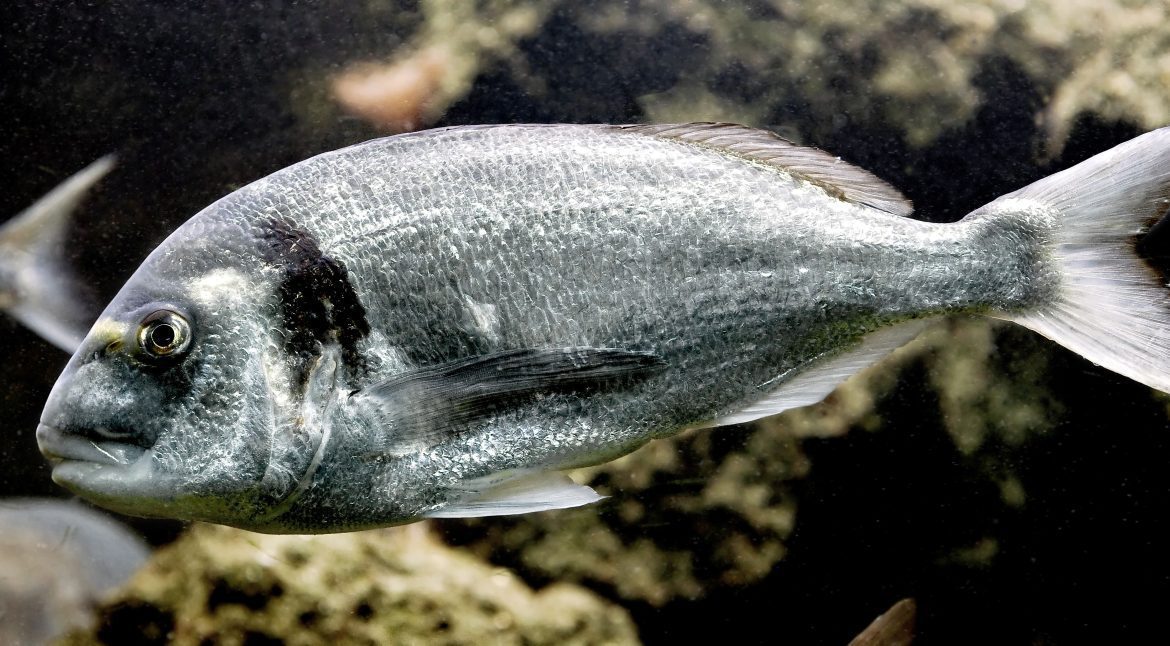The use of body adiposity modulators, such as bile salts, as feed additives could be a good nutritional strategy to avoid adiposity disorders in fish, which may be attributed to their beneficial role in promoting lipid metabolism and enhancing fat digestibility. Furthermore, bile salts have a key role in the regulation of the gut microbiota, which has also been shown to modulate fat accumulation in higher vertebrates. In this context, we aimed to test the effect of supplementing high-saturated fat diets with bile salts on growth performance, feed utilization, lipid digestibility, fat accumulation, bile acids profile, gene expression related to lipid metabolism, and gut microbiome in Sparus aurata. For this purpose, seabream juveniles (44.1 ± 4.1 g) were fed during 90 days with three isoproteic (44 %), isolipidic (22.6 %) and isoenergetic (21.4 MJ/kg) high-saturated fat diets, supplemented with increasing concentrations (0, 0.06 and 0.12 %) of bile salts (BS; sodium taurocholate and deoxycholic acid). Results showed that fish fed BS-supplemented diets showed an improvement in growth, being the fish fed with the diet supplemented with 0.06 and 0.12 % a 2.4 and a 2.1 % heavier than the control group, respectively. In addition, the level of perivisceral adiposity was reduced in fish fed BS diets compared to the control. These results were in accordance with the lower levels of hepatic and intestinal fat deposits observed under histological examination in fish fed the diets with an inclusion of 0.06% of BS. Proximate composition of liver and fillet were also evaluated, and yttrium oxide was included in the diets as an inert marker for proper determination of apparent digestibility coefficients for macronutrients. Bile acids profiles were examined in fasting gallbladder and in the gut of fed animals. Based on the above, hepatic gene expression of several markers associated with lipid and energy metabolism, and the gut microbiome were studied in fish fed with the 0.06% BS diet and the control group. The overall results suggest that the inclusion of BS in diets may be a good strategy to reduce fish adiposity and promote gut health in animals.

Autores: Hernández, A.R., Andree, K.B., Furones, D., Holhorea, P.G., Calduch-Giner, J., Morais, S., Viñas, M., Pérez-Sánchez, J., Gisbert, E.
Libro/Revista: XX International Symposium on Fish Nutrition and Feeding, Sorrento, Italy
